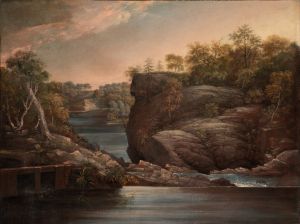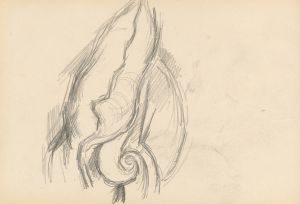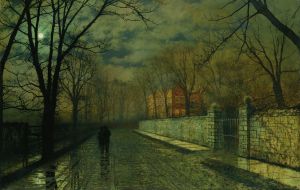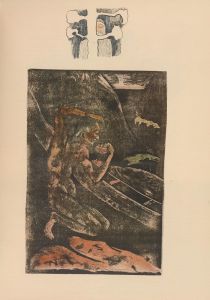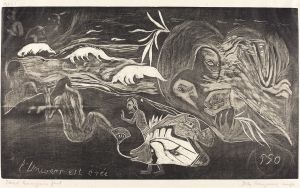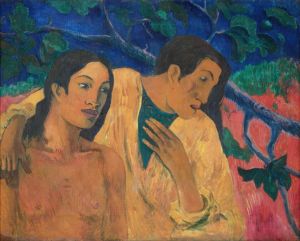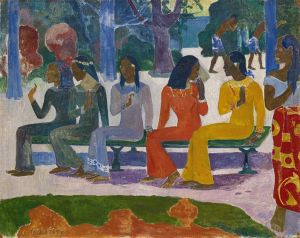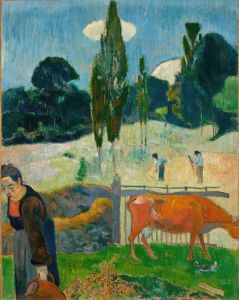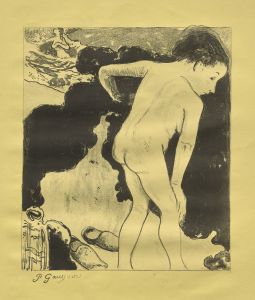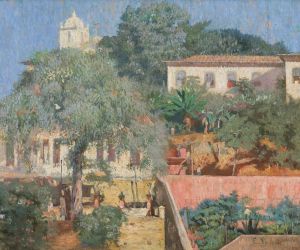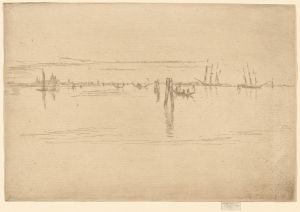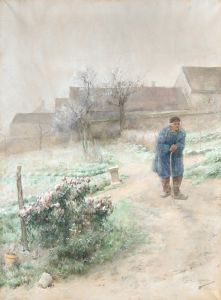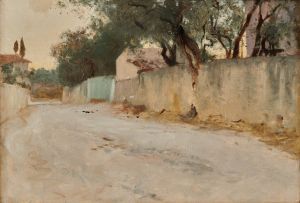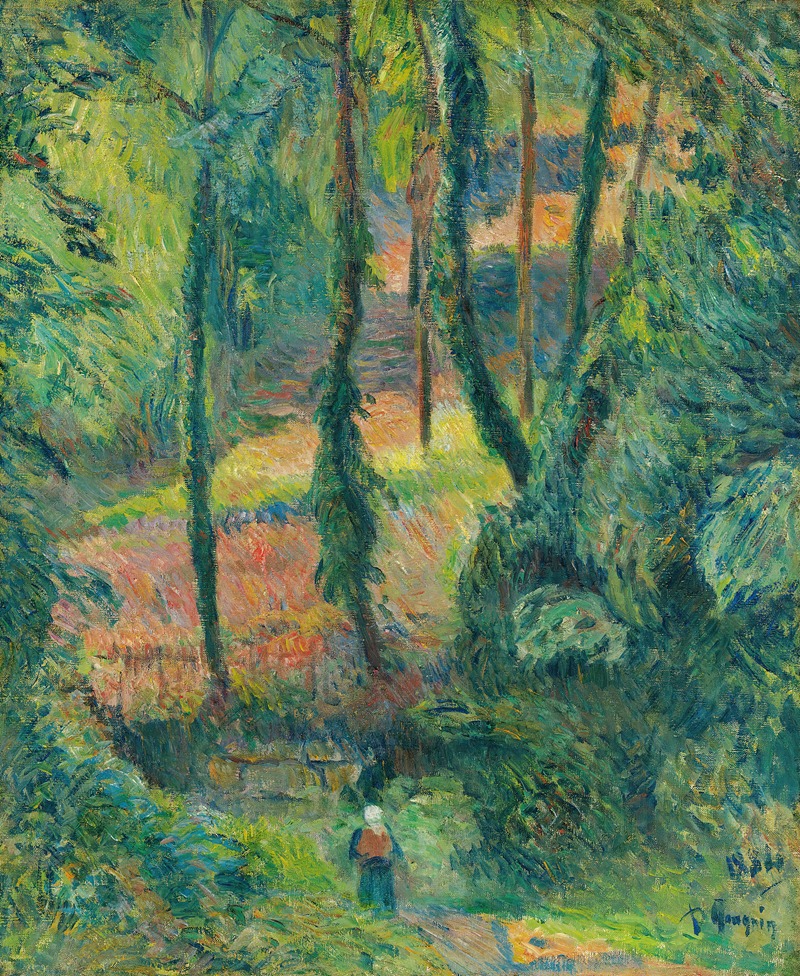
Chemin Creux Dans Une Pente Boisée
A hand-painted replica of Paul Gauguin’s masterpiece Chemin Creux Dans Une Pente Boisée, meticulously crafted by professional artists to capture the true essence of the original. Each piece is created with museum-quality canvas and rare mineral pigments, carefully painted by experienced artists with delicate brushstrokes and rich, layered colors to perfectly recreate the texture of the original artwork. Unlike machine-printed reproductions, this hand-painted version brings the painting to life, infused with the artist’s emotions and skill in every stroke. Whether for personal collection or home decoration, it instantly elevates the artistic atmosphere of any space.
Chemin Creux Dans Une Pente Boisée (translated as Hollow Path in a Wooded Slope) is a painting by the French Post-Impressionist artist Paul Gauguin. Created in 1884, this work reflects Gauguin's early artistic style, which was influenced by Impressionism before he transitioned to the more distinctive Symbolist and Primitivist approaches for which he is best known.
The painting depicts a quiet, rural scene featuring a sunken path winding through a wooded slope. Gauguin employs a soft, naturalistic palette dominated by greens and earthy tones, capturing the tranquil atmosphere of the countryside. The brushwork is loose and fluid, characteristic of Impressionist techniques, emphasizing light and texture over precise detail. This work is notable for its focus on nature and the absence of human figures, which allows the viewer to immerse themselves in the serene landscape.
At the time this painting was created, Gauguin was still developing his artistic identity. He was living in Rouen, France, and working as a stockbroker while painting in his spare time. Gauguin was influenced by the Impressionist movement and had connections with prominent artists of the time, including Camille Pissarro, who encouraged his artistic pursuits. However, Gauguin's work from this period, including Chemin Creux Dans Une Pente Boisée, demonstrates a more subdued and contemplative approach compared to the vibrant and experimental style he would later adopt.
The painting is part of Gauguin's early body of work, which is less well-known compared to his later masterpieces created in Tahiti and other exotic locales. It provides valuable insight into his artistic evolution and his exploration of landscape as a subject. The piece is also significant for its demonstration of Gauguin's ability to convey mood and atmosphere through color and composition.
Today, Chemin Creux Dans Une Pente Boisée is held in a private collection and is not as frequently exhibited or studied as Gauguin's later works. However, it remains an important example of his formative years as an artist and his engagement with Impressionist techniques before moving toward the bold, innovative style that would define his legacy in the art world.





